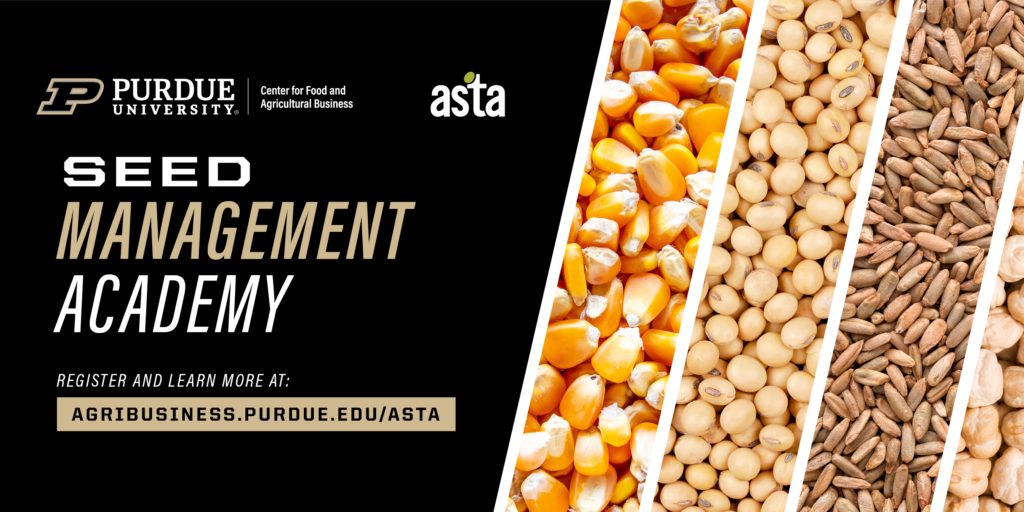Written by Dora Lutz
One thing that has always been clear to those in agribusiness is how closely our communities and businesses are united. While other industries are beginning to realize that managing the ecosystem’s health is the right thing to do to sustain long-term business, farmers and food production organizations inherently understand this.
But as ESG pressures mount, new questions are emerging: how do we balance the needs of
multiple stakeholders? How do we build ESG within our existing strategies? How can we keep up with changing trends and technologies? What do we need to do to maintain our market position as customer, employee and investor expectations shift?
ESG related terms in company documents, US, Agribusiness Industry 2012- 2022. Source; AlphaSense
ESG related terms in company documents, Global Agribusiness Industry 2012- 2022. Source; AlphaSense
Regardless of the size of your organization or your familiarity with emerging ESG reporting needs, thinking about environmental, social and governance structures represent a way to ensure your business generates profitability and leverages a $27 trillion market.
Here are four things you can pay attention to, allowing you to ensure you are creating social
impact in a way that also generates profit:
- Ground your WHY in social impact.
- Use the sustainable development goals (often known as the SDGs). The SDGs, or sustainable development goals are a wonderful way to align your work to a broader conversation.
- Dive deeper into HOW you’re creating social impact. Use ESG metrics to demonstrate your efforts in environmental impact, social benefits and ethical governance. Still, not all metrics are relevant for every industry, so SASB (Sustainability Accounting Standards Board) or GRI (Global Reporting Initiative) standards can be a helpful way to determine the tools most useful for your organization to balance your efforts and profit.
- Identify partners that have shared interests. ESG standards and impact metrics are a useful way to find others trying to find solutions to mutual problems. Press releases, investor calls, annual reports, and ESG documentation are helpful tools, as are methods as simple as listening to the news.
- Invite others into the conversation: Engage your people to identify the tools, resources and skillsets that already exist in your organization that create impact. Allow your teams to share their insights, expertise, and creativity to support a bigger ESG effort across the organization.
Above all, know that we’re all learning as we go. Don’t reinvent the wheel. Learn from others. While thinking about social impact or stakeholder management might feel new for many of us, it’s not. Join events such as the Purdue Food and Agribusiness Executive Summit to learn from others doing this work.
I’ll see you there!
Dora Lutz
Founder and President, Giving Spring
Lecturer, Business Planning for Social Entrepreneurs, Entrepreneurship & Innovation, Purdue University:




